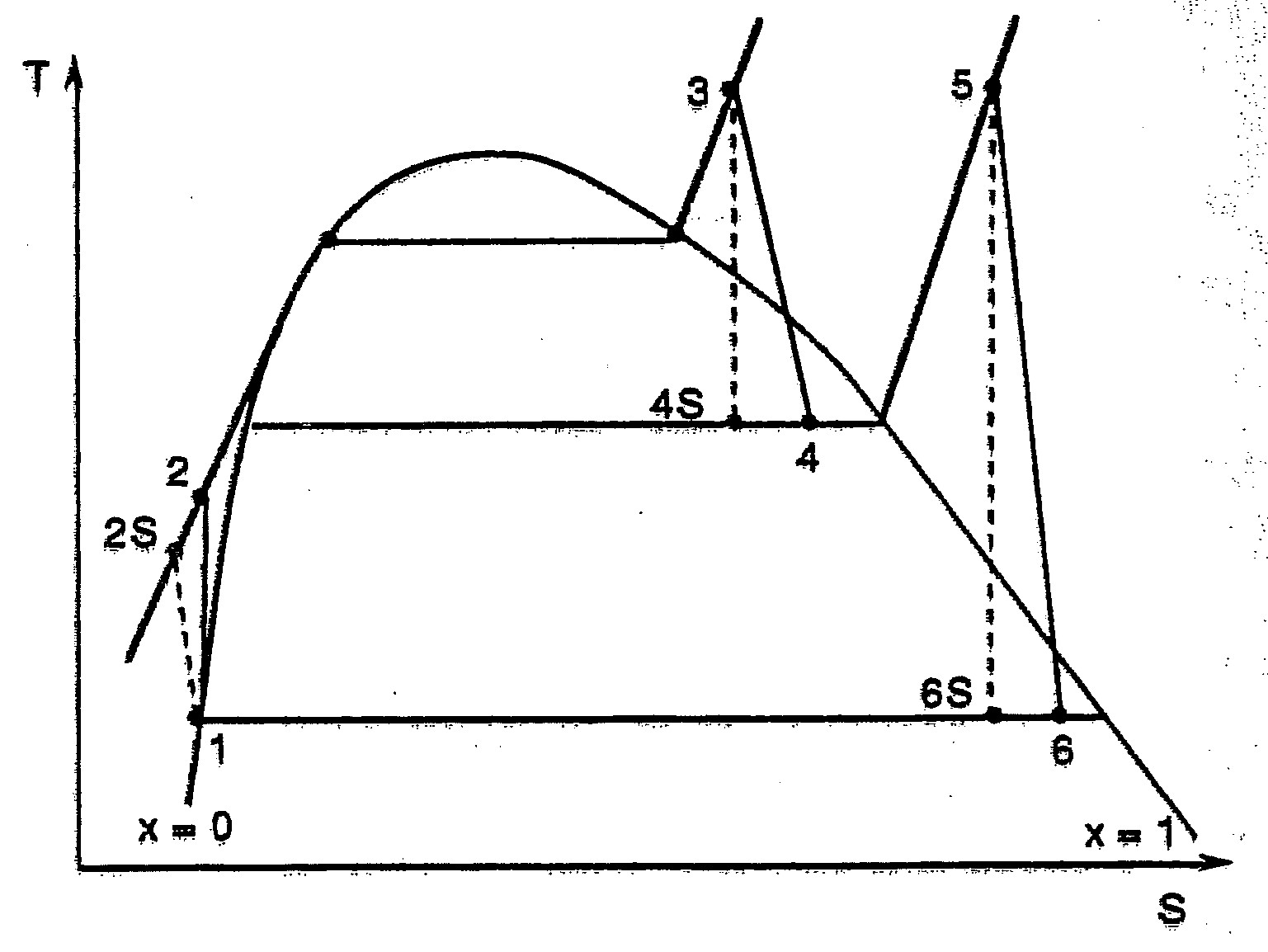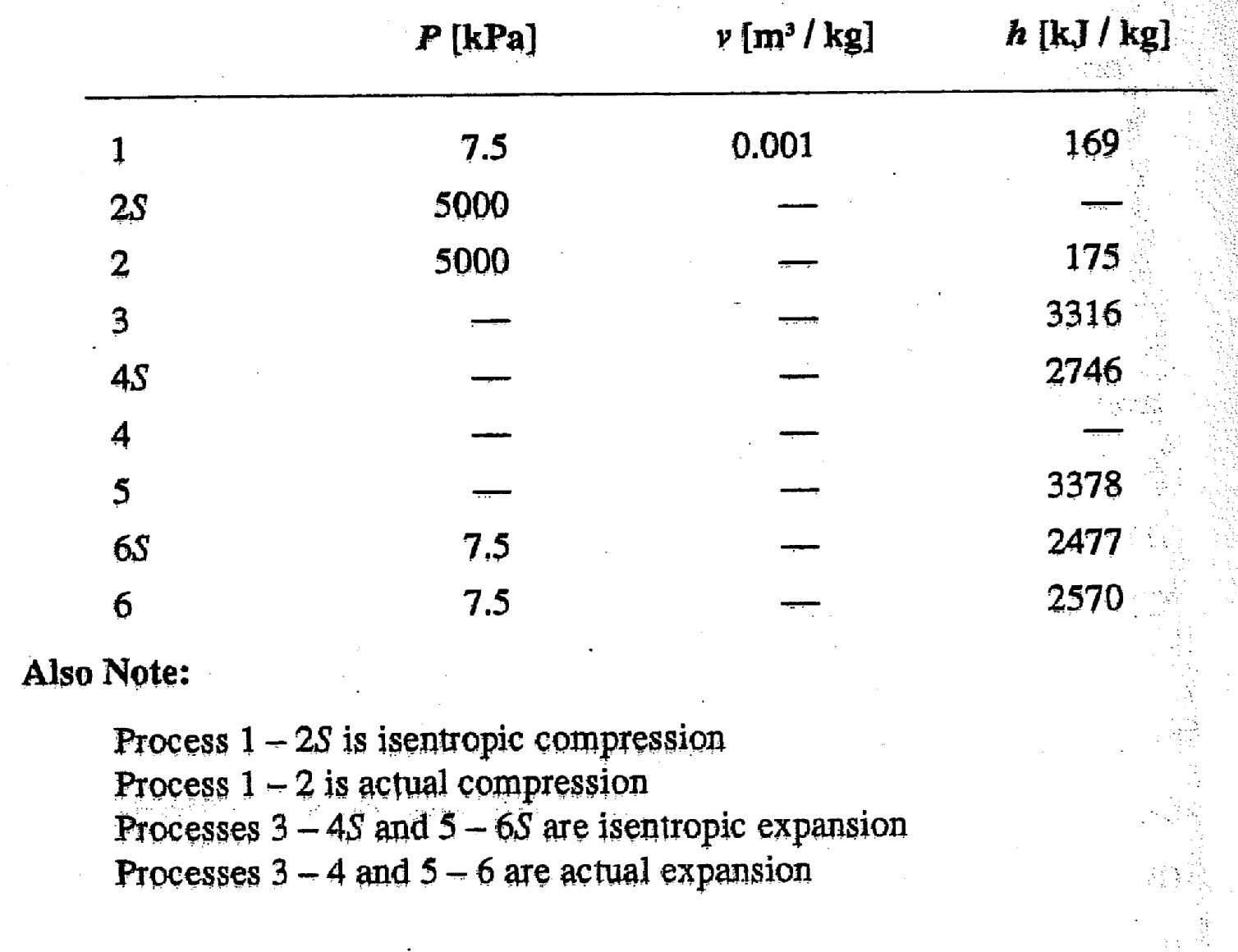ME 146 Thermal Management of Electronics
Note that it's been a quite a few years since this class has been taught, so the presentations are not completely up-to-date.
Administration
- Syllabus
- Schedule
- Report Format
- Course Reader Contents
Other Resources
- Jedec -- standards for the solid state industry, including thermal management standards
- Electronics Cooling Magazine -- trade journal with practical electronics cooling articles and advertising. Subscribe for free!
- A list of some common acronyms.
- Opportunities for students -- can only be accessed from SJSU email addresses
Powerpoint Presentations
Lab/Activity Materials
|
Fan Performance and Chassis Impedance Wind Tunnel CFM plots Lab Data |
|
|
Flotherm Tutorial version 1 |
|
Homework
|
Homework 1 Overview of Thermal Resistance Method Solution part a Solution part b (solving for Tj) |
|
|
Homework 2 Calculating Heat Sink Flow Bypass Solution |
|
|
Homework 3 Heat Sink Performance Solution |
|
|
Homework 5 Thermal Stress Analysis Solution |
|
Homework 6 Natural Convection/Radiation Solution |
|
|
Homework 9 Boiling Heat Transfer Solution Exam figures:
|

